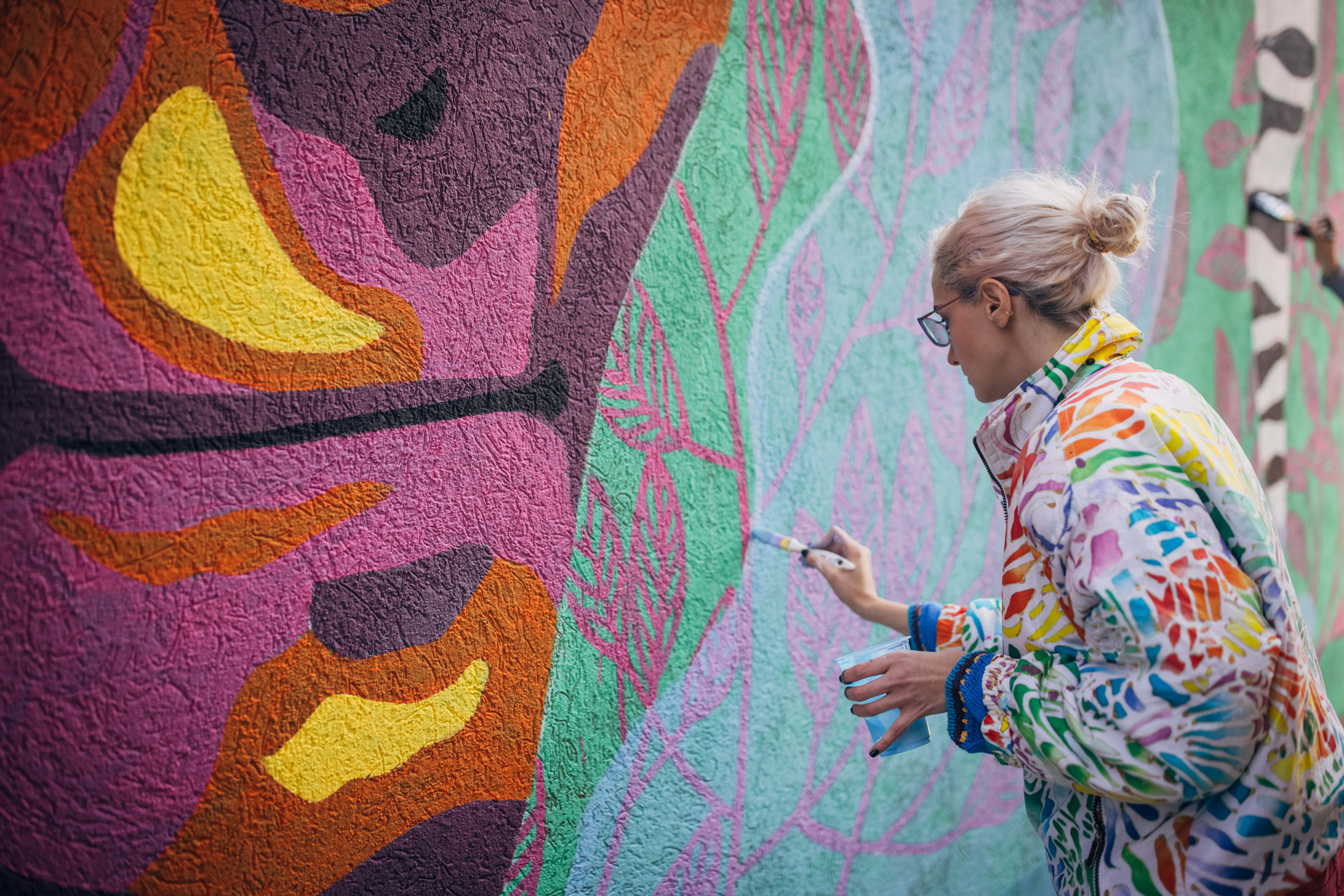Although we generally assume that those in physically strenuous occupations, such as construction work, landscaping, nursing, and firefighting, are the workers most prone to physical injury, artists of all kinds are also at risk for work-related injuries. Creative work may seem more serene, but in fact painters, sculptors, musicians, writers, textile artists, actors, and photographers also frequently suffer work-related injuries.
If your career or avocation is one that involves artistic inspiration, you know that it also requires a fair amount not only of perspiration but physical fortitude. At Long Island Spine Rehabilitation Medicine, our doctors often treat patients throughout Nassau and Suffolk Counties for painful, even temporarily disabling, injuries that arise from their creative endeavors.
Why Artists Often Suffer Work Injuries
Some artists are much more physically active than you might realize — for example, sculptors who work on large pieces of stone, vigorous conductors, and painters who work on large murals. Others, such as violinists, may have to stay in one position for a long time, putting strain on their backs, necks, wrists, or knees.
Still, other artists, like textile artists, painters, and writers, may engage in repetitive motions over extended periods. Most fine artists work with great intensity which frequently means that their muscles are tight as they concentrate. More than that, their dedication may push them to work beyond reasonable limits. As a result, many artists come to us with:
- Tendonitis
- Sprains or strains
- Extreme muscle stiffness
- Nerve entrapment
- DeQuervain’s tenosynovitis
- Myofascial, neck, and back pain (that originates in the connective tissue)
- Repetitive strain disorders, e.g. carpal tunnel syndrome
- Dystonia (characterized by involuntary muscle contractions)
- Thoracic outlet syndrome
- Tennis elbow or golfer’s elbow (epicondylitis)
Artists’ injuries and their symptoms differ from one discipline to another. For instance, instrumental musicians commonly complain of pain, numbness, tingling, or lack of coordination of the upper limbs and extremities, shoulders, or neck. Actors, on the other hand, may overuse their legs and back or suffer pain and stiffness as a result of having to stand still for a prolonged period. Writers and certain musicians sit for long periods, putting strain on their cervical and/or lumber discs.
Helpful Tips for Preventing “Artistic” Injuries
Some of these will be familiar and some will seem impossible for you, as a committed artist, to implement. Nonetheless, all may be helpful in alleviating present pain and avoiding future problems:
- Maintain correct posture
- Move in ways that put less stress on your muscles (our physiatrists and physical therapists can guide you)
- Take breaks at regular intervals, during which you stretch, hydrate, and reposition (though you may think this will break your concentration, it may have the opposite effect)
- Use proper methods of lifting or moving heavy objects
- Make your artistic environment ergonomic (e.g. by using angled drawing boards, or adjusting the height of your chair)
Also, if you are a writer or graphic artist, arrange your workspace so that you have to move and get up to reach at least some of the materials you need. This will encourage you to move a bit, keeping you from remaining sedentary for too long.
Instead of Resigning Yourself to Being a Suffering Artist, Contact Our Skilled Physiatrists
If you are an artist suffering back, joint, or muscle pain, now is the time to contact one of our five conveniently located offices to discover the broad range of effective, nonsurgical treatments we offer. Our goal, like yours, is to relieve your pain quickly so that you can get back to doing what you love. Because we provide both traditional and complementary treatments, we can customize a therapeutic plan just for you.
At Long Island Spine Rehabilitation Medicine, we offer individualized physical therapy, steroid injections, acupuncture, Pulsed Electromagnetic Field (PEMF) therapy, and many other treatment options. Contact us to find out which combination of therapies will best reinvigorate your artistic process.
